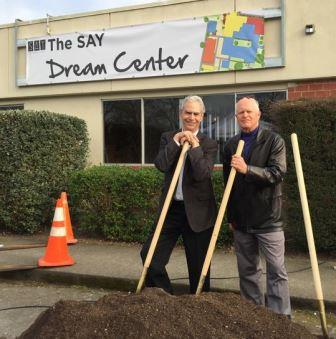
By PRG Strategic Communications Consultant Janis Johnson
In every case statement I’ve written over the past 20 years, I hear the voices of my first newspaper editors. “Show me, don’t tell me.”
That newspaper is long gone, but in this era of message dilution, their passion for what brings a great story to life rings even more strongly.
A case for support is much more than a pro forma document about your nonprofit, a campaign or a specific fundraising project.
Its elements form your best story. Who? What? When? Where? Why? How? What problems will charitable giving solve? Why should donors care? How can they help?
Told concisely, illustrated with purposeful detail and pacing, a well-crafted and strategically conceived case for support engages readers with characters, drama—and a happy ending.
Affinity and connection
You don’t have to be a journalist to write a compelling case statement because you already have the core ingredients:
- the fundraising activity’s ultimate impact
- your understanding of the market
- the audience and what will motivate them
Donors have plenty of competition for their time and mind-share. The singular role of a case document is to capture their attention, deepen their loyalty, engage their commitment and generate their contribution.
The best case writers I know start with the end in mind, then take their readers on that journey. Why us? Why now? Why philanthropy?
Dispelling myths
The internet is full of articles about structuring a good case for support. Yet often these how-to formulas miss the real opportunity, the mechanics of telling a good story.
As you commission, write or evaluate a case for support, here are some myths to overcome:
- “It’s all about you.” Actually, it’s not. Switch the focus to the outside-in. What do your prospects need to know from you? Certainly your organization’s achievements illustrate bona fides from your track record, but people care most about how you will change lives and how they can partner with you to provide that solution.
- “Just the facts, please.” Facts anchor the story, but vision illuminates possibilities. Write with energy, carefully drawing a picture of the reimagined future. Use action verbs, visual descriptors and voices of the people who reinforce or exemplify your organization’s impact. While there are many writing styles and rhythms, the skill comes in choosing the right balance of straightforward and emotional storytelling.
- “We don’t need a case statement.” You may not want a printed or online brochure, but you will always need a case for support. It’s talking points summarize what journalists call the nut of your fundraising project—what your organization intends to achieve through fundraising. Supporting messages for fundraising activities can strengthen all marketing communications and specific donor communications, such as newsletters, direct mail, the website and personal interactions or presentations.
Not just any story will do
Changing lives through education, patient care, stable housing, cultural venues, scholarships or community problem-solving, these are the themes that tie together your organization’s mission and results.
Yet not any story will do. Moving smoothly from beginning to end, the story arc of a well-conceived case for support builds to a conclusion. And the closing of that story compels action, or the act of giving. In developing the message, choosing the right people to make the case is crucial.
Through six simple framing concepts, you can bring prospects and donors into your story and help them realize their ambitions for themselves and their community.
Who? What? When? Where? Why? How? Use these tools to shape your case for support and the life-changing outcomes that generously investing in your vision will accomplish.

